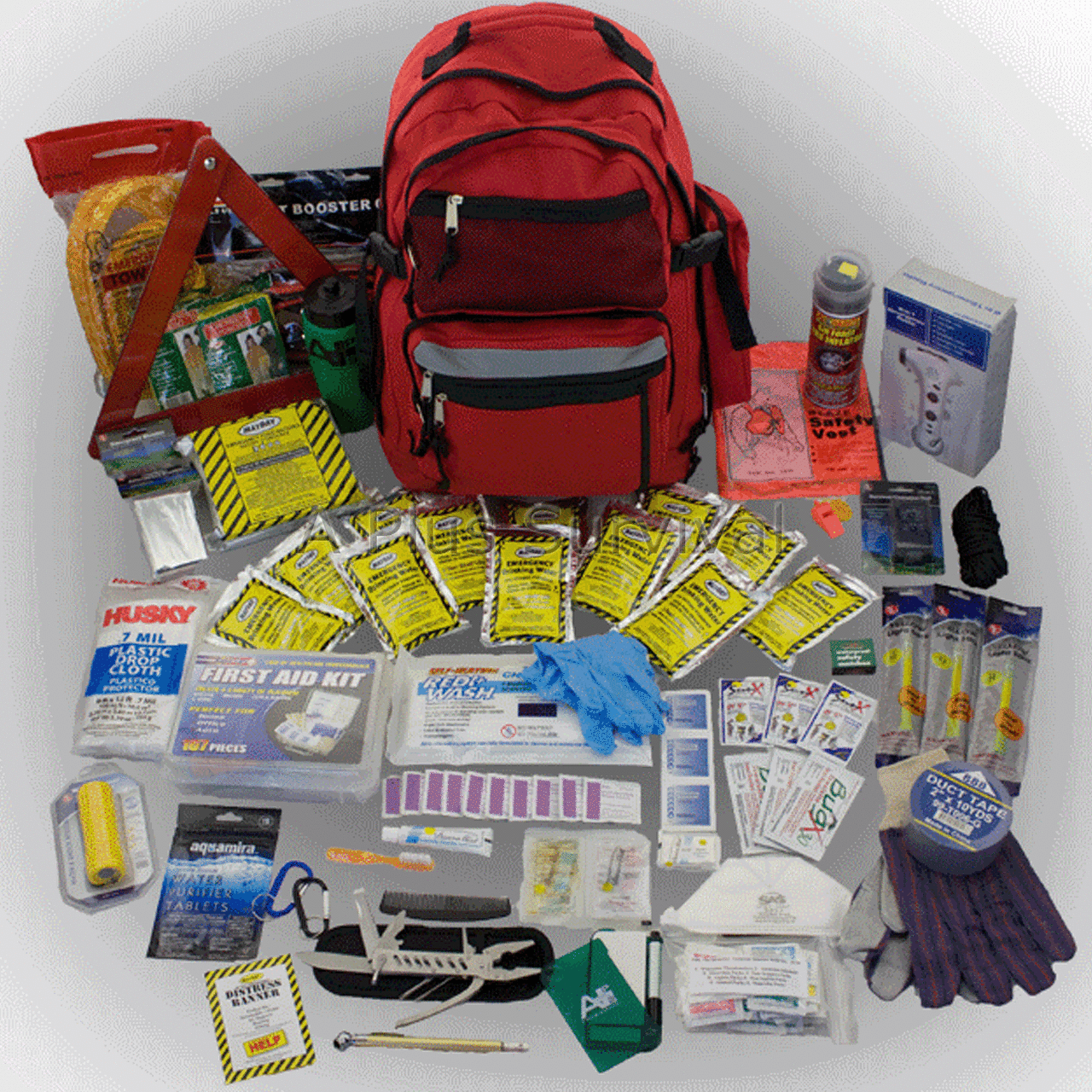The concept of a bug-out-bag is a simple one. It is a bag designed and equipped to grab quickly and leave with. This content will cover the concept of a bug-out-bag, the contents, and why they are important, with a few other suggestions for you to understand why you need one. For a large selection of different kits for your family click here.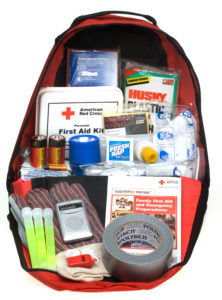
What is a Bug-out-bag
Bug-out-bags are also referred to as go-bags or BOB for short. They are essentially a bag, usually a backpack, that you can quickly grab that will have everything you may need to survive. Most recommend the bag have what you need for 48 to 72 hours. This bag can be kept in many locations, and you may choose to have one for each. The ideal locations where you may choose to keep you bag would be the home, office, or vehicle. If you have kids that drive, you may want them to keep one in their vehicle so they can escape from where ever they may be if necessary.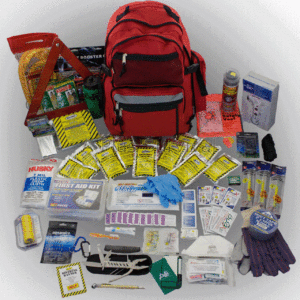
Why Bug-out-bags are Important
A bug-out-bag generally carries supplies and equipment that you will need for easier survival if you must leave your location quickly. The main items that can be found in most bug-out-bags will consist of food, water, clothing, shelter, fire starter, and first aid kit.
Again this bag is only used for a 48 to 72 hour survival period as this is the amount of time most emergency situations are resolved. The government has usually set up some type of disaster relief that you can use after this initial period, if you choose to. The point of this bag is to make things a little easier after the initial disaster or emergency before help arrives.
What You Will Need
As mentioned earlier, a Bug-out-bag has items that make waiting out an emergency, or waiting for relief easier. There are many recommendations on what you may need, but only you can make the final determination on what will be best for you and your family. The basic items and a brief description will follow.
- Clothing: A change of clothes can be good for the spirit when things are not normal. This is also essential if inclement weather is occurring and a need to get dry becomes important.
- Food: This item is essential unless you are proficient at catching or trapping and preparing game. Good choices for this item are Meals Ready To Eat (MRE’s) or freeze dried prepackaged meals. These are both lightweight and easily packed.
- Water: This can be a bulky and heavy item, yet essential to survival. An alternative to actually carrying fresh water is having a way to treat sourced water. This can be accomplished in different ways and tips can be found in water treatment for survival.
- Shelter: This is as basic as a tarp and rope. Both items are lightweight and can offer cover from the elements. There are many ways to use the tarp and rope to make shelter and depends on personal preference as well as the elements you may encounter. You can choose to carry a small tent, but these are bulky and can limit room for other items in your bag.
- Fire Starter: You will need at least two different ways to start a fire as well as a good starter fuel in your bag. For suggestions on these see these fire starting blogs.
- First aid kit: A basic first aid kit will be enough because these too can be bulky and heavy. A basic kit to treat minor injuries will be sufficient. For more information on first aid see Survival First Aid
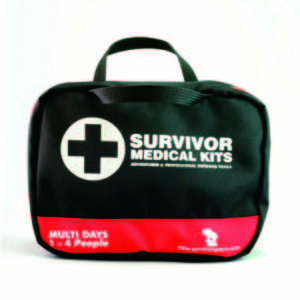
Purchasing a Complete Kit vs. Building your Own
There are pros and cons to both of these, as needs will vary depending on location and types of emergencies. Truly this decision will depend on what you can afford at once or if you need to spread cost out.
I did build my own bag, but I don’t feel I have everything, and I developed shiny object syndrome with the different equipment available. My goal is to break down my bag and get back to basics again. Don’t fall into the trap I did.
For you, choosing to purchase a complete basic bag that can be built upon would be best. This way you ensure you have the basic necessities and avoid my pit falls. This way you would start with what you need, excluding clothing. Even though this may seem expensive, you will be sure to have the bag you need and avoid the mistake I made. In essence, whether you choose to purchase a complete kit or build your own, know what you will need and start there first.
You can explore many different options here.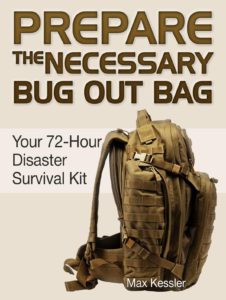
Everyone in the Family Needs One
This may sound redundant, but a very good practice.You can find bags that are age appropriate for you kids, and even some for your pets, and if something happens where you cannot be together, older members of the family will have the same sort of supplies. This can make things simpler, especially if one bag gets lost or destroyed. You still have what you will need in another bag. This can allow for the carrying of different equipment that could not be carried with just one bag. This also helps kids feel important and involved instead of scared and confused.
Remember in my description of the bag I said it was designed for survival up to 72 hours, this is also for just one person. You have a bag you can survive for 72 hours, but what about your family?
Conclusion
A bug-out-bag is a useful tool that can be grabbed to leave an area, whether home or work, quickly and have essentials to survive with for a few days. You can purchase a complete kit or build your own based on your needs and cost, but be sure to have a bag for everyone in the family once they are old enough to carry their own. Remember to keep it simple unlike I did, and focus on the essentials.
If you have questions, comments, or additional information that I may have missed, please feel free to leave a comment
